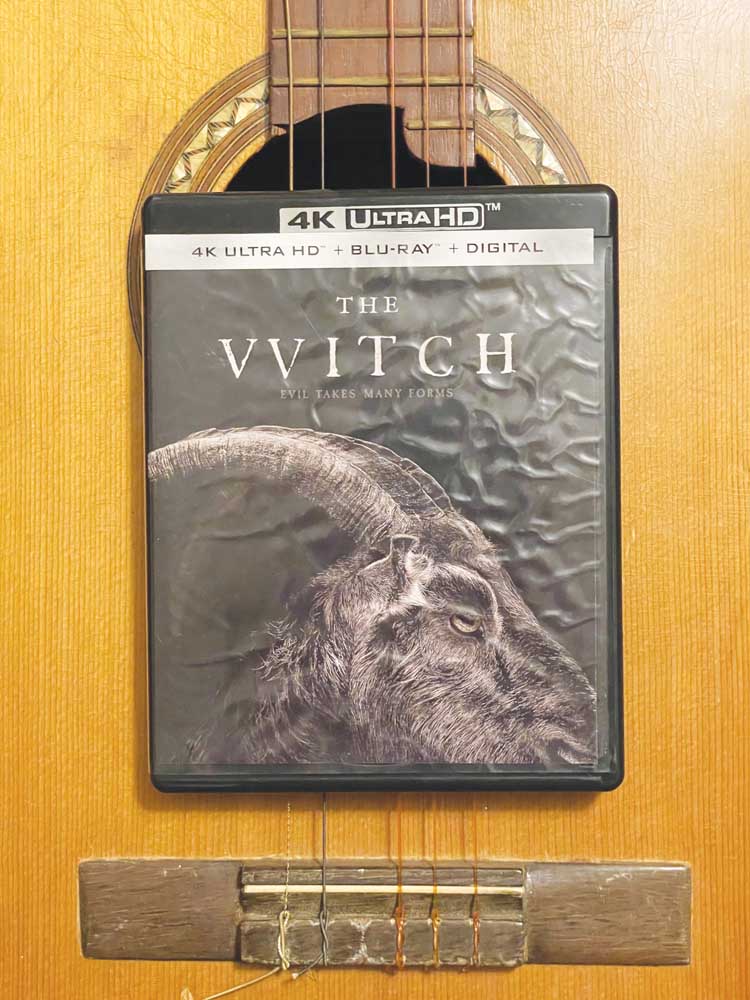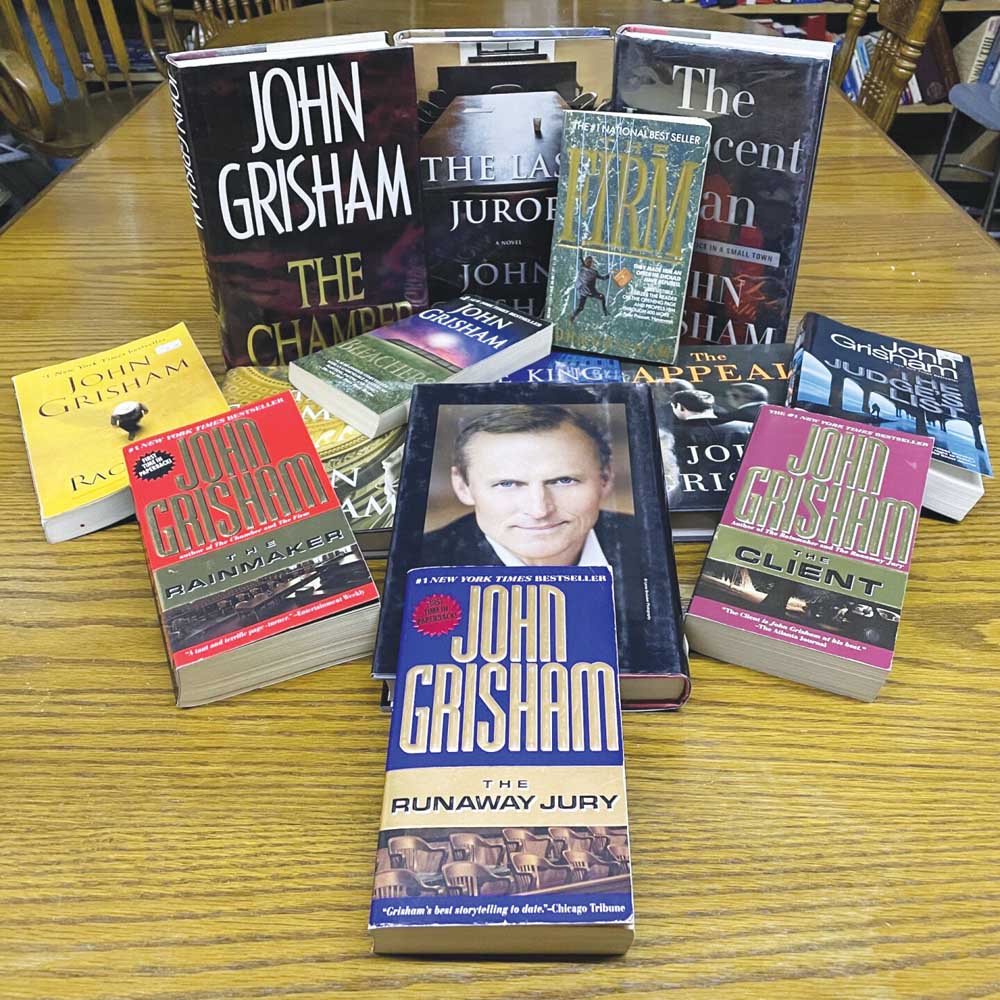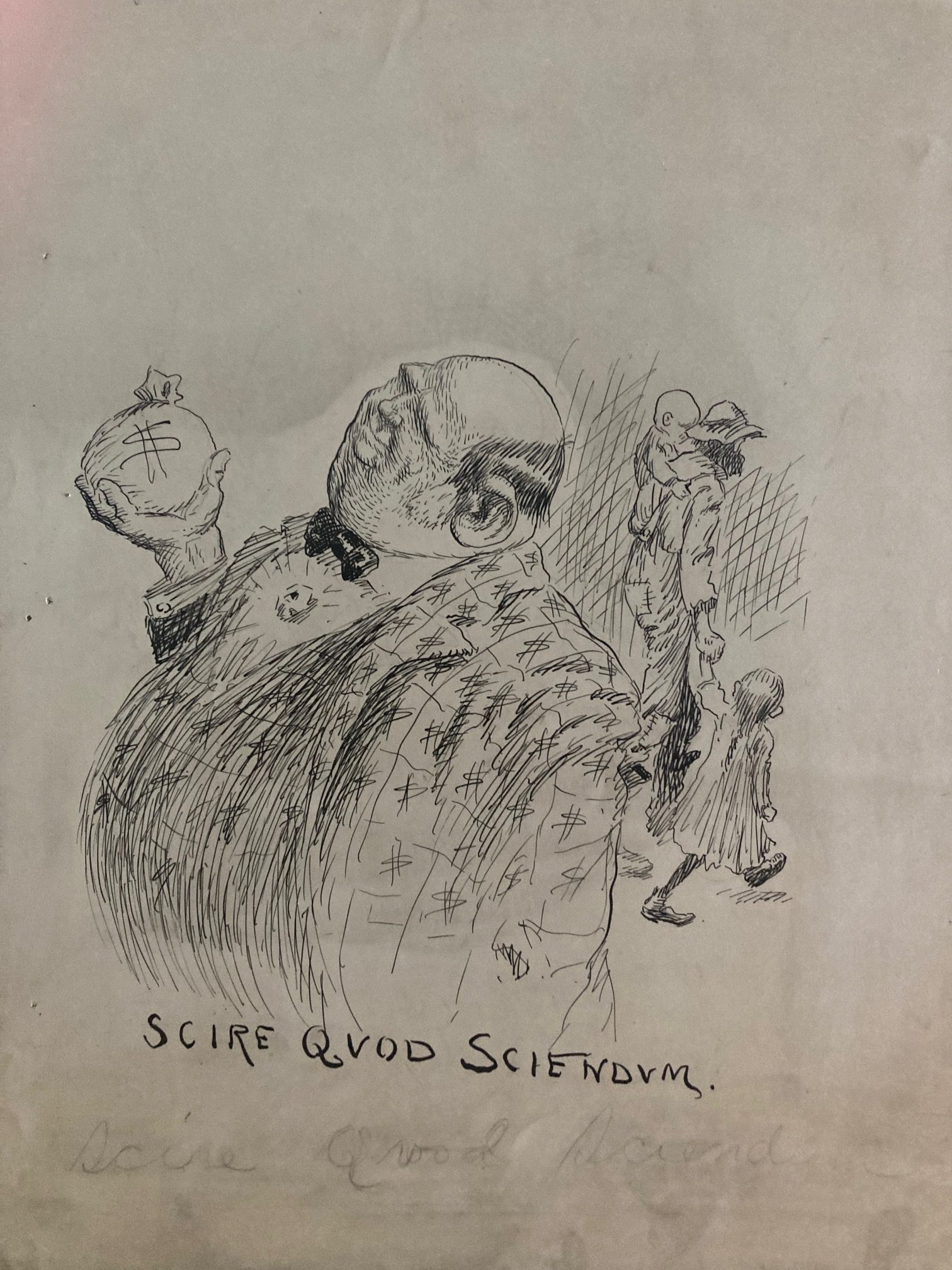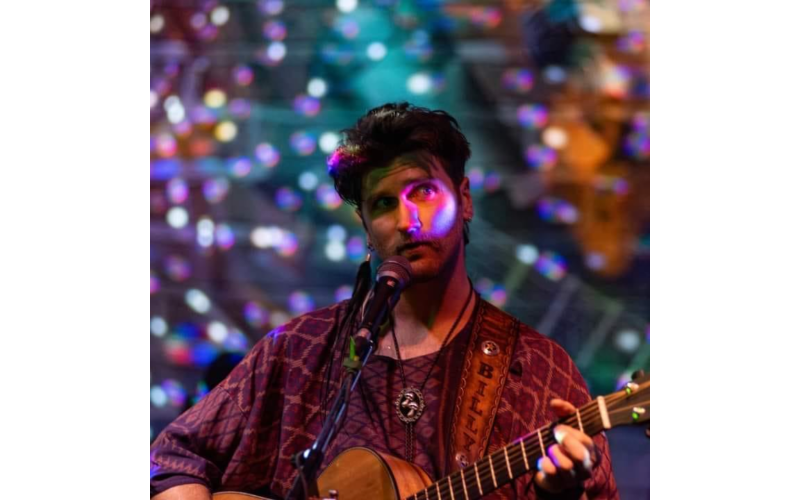Looking back at ‘Walk the Line’ and ‘The VVitch’
Published 3:00 am Monday, December 30, 2024

- “The VVitch” was Robert Eggers’ debut feature. His newest, “Nosferatu,” is currently in theaters.
James Mangold’s Bob Dylan biopic “A Complete Unknown” is currently in theaters, so let us walk back the clock a score and take a peek at the last time Mangold tackled a famous mid-20th century musician, in his 2005 Johnny Cash film “Walk the Line.”
Trending
Joaquin Phoenix stars as the Man in Black in a film that focuses on his early years, and specifically his courtship of fellow country singer June Carter (Reese Witherspoon). We see Cash’s humble beginnings, his fledgling start in gospel music, his rise to stardom, his fall into addiction, his re-rise and re-fall, his triumphant performance at Folsom Prison, and his at-last successful winning of Carter’s heart.
And that’s it. “Walk the Line” is what the general concept of the idea of a movie would end up as. It looks nice, is acted decently enough (frankly, Phoenix seems to be coasting), and there are songs and scenes that may elicit some nostalgia in viewers (as someone unfamiliar with Cash’s music, nothing in the film informs me as to why he is appealing beyond that one number having a catchy tune).
But there is nothing beneath the surface here except a tired, clichéd screenplay.
Trending
Just because a thing is well-produced and presented, and does not offend, does not make the thing successful. If one must see it, you’ll find “Walk the Line” at your local library.
‘The VVitch’
Robert Eggers’ vampire epic “Nosferatu” is currently in theaters — we shall let it serve as ample excuse to revisit his debut feature, which shares many of its themes with his newest: the 2016 religious period-horror piece “The VVitch.”
Set in 17th-century New England, we follow a family too puritanical for the Puritans as they are exiled to live a secluded life on the edge of a dark wood. Among this family, portrayed by an invariably magnificent cast, is Anya Taylor-Joy in her breakout role as Thomasin, a pious, lighthearted teenager.
First things first: if you’re going to watch this film, turn the subtitles on. Eggers loves period dialects and dialogue, and it’s often difficult to understand these people who are supposedly speaking English.
Second things second: “The VVitch” absolutely rules.
When Thomasin’s caring for her infant brother goes badly, hell descends on the family in the form of religious paranoia. Somewhere out there, surely, is a demonic witch…and has Thomasin herself been seduced by Satan?
Eggers lays bare the misogyny, internal and external, that historically lays waste to women who even attempt to have agency.
As the narrative and tensions wind ever tighter, the sumptuously stark parable’s potency concentrates into an ending, punctuated by a single, beautiful line, that will forever echo in the minds of the audience.
In what company are we truly safe, truly free? Check your local library to find out.









